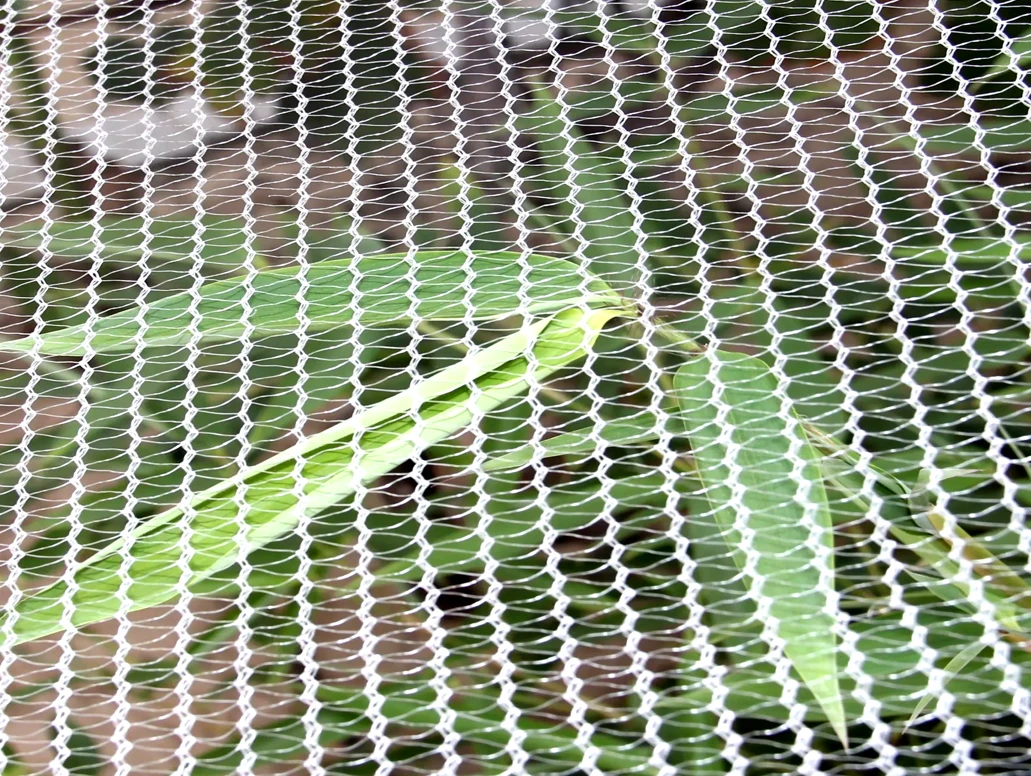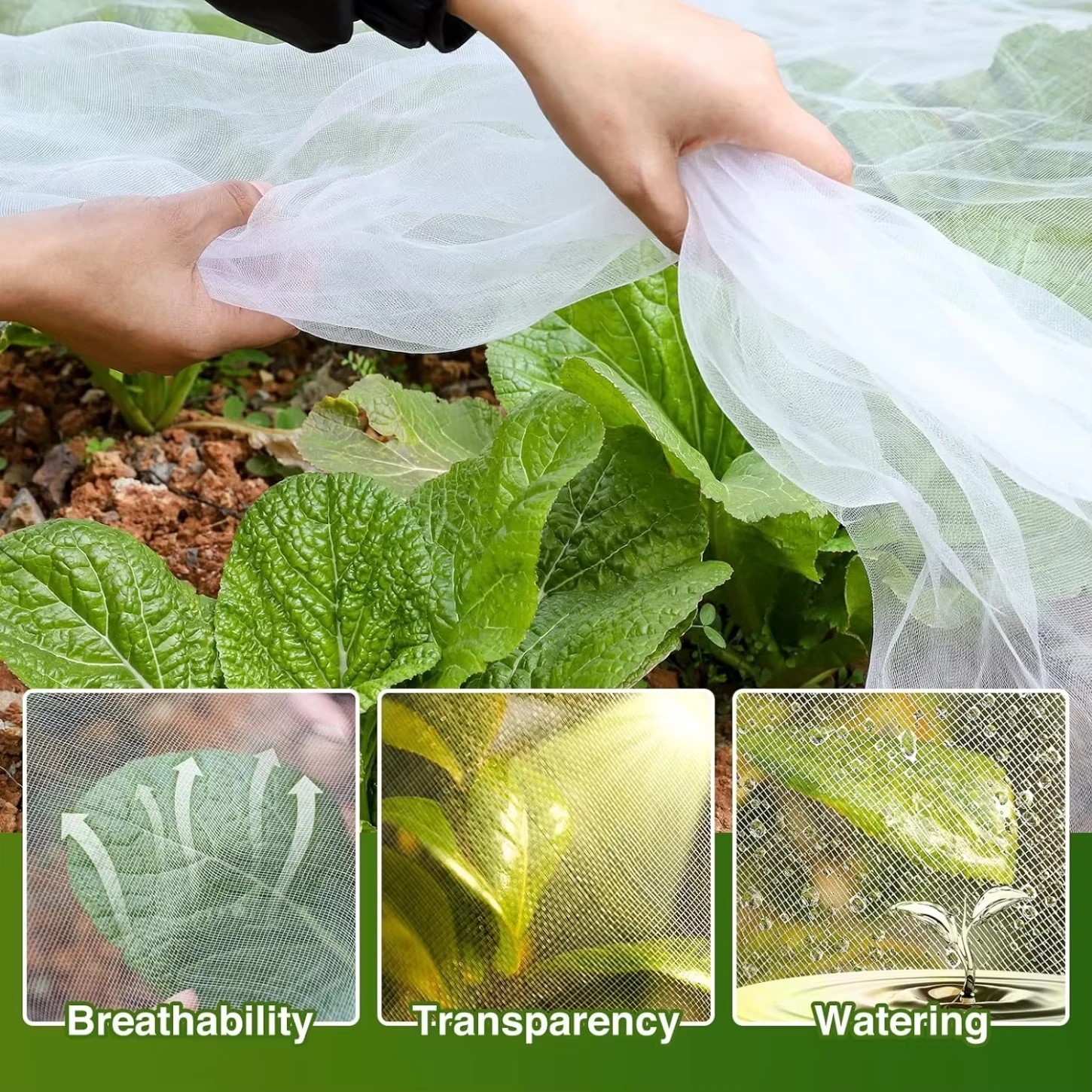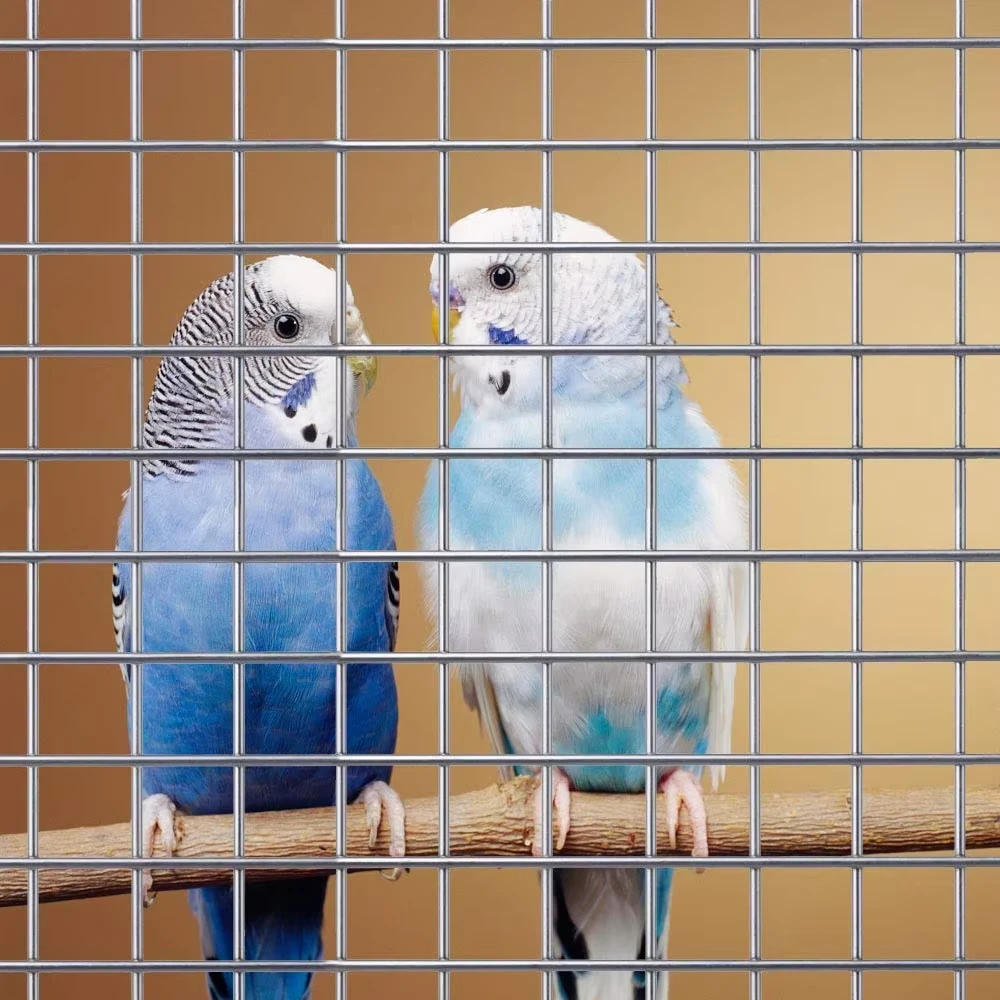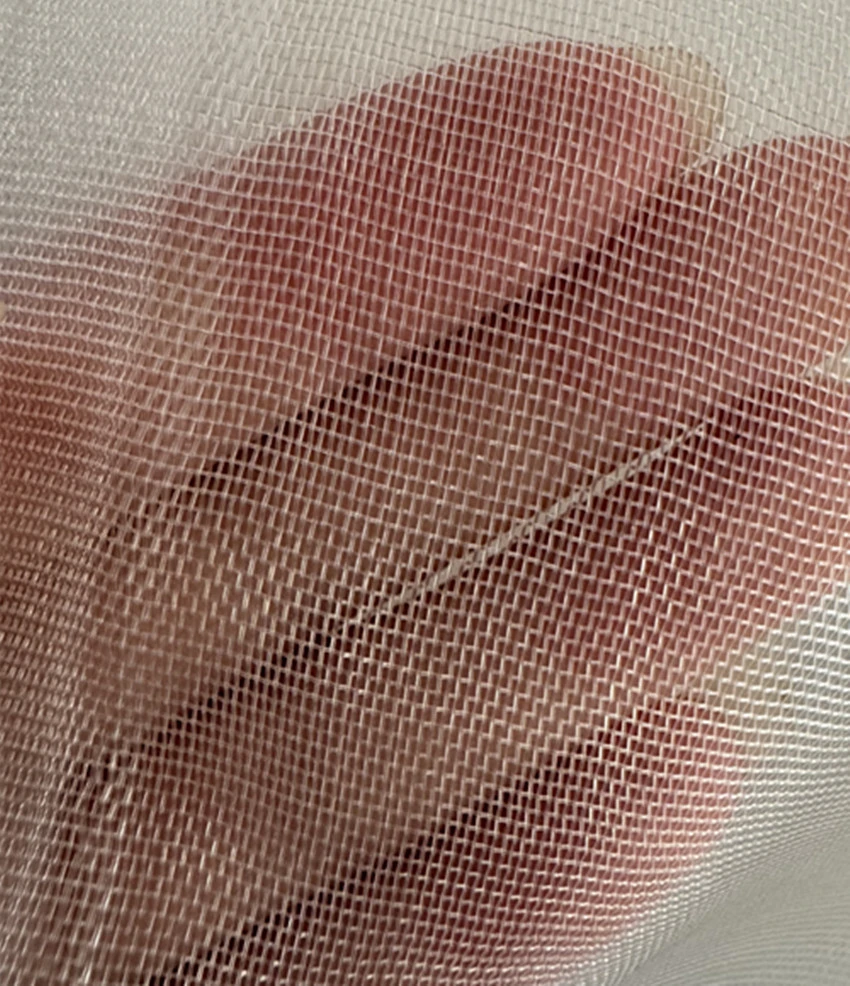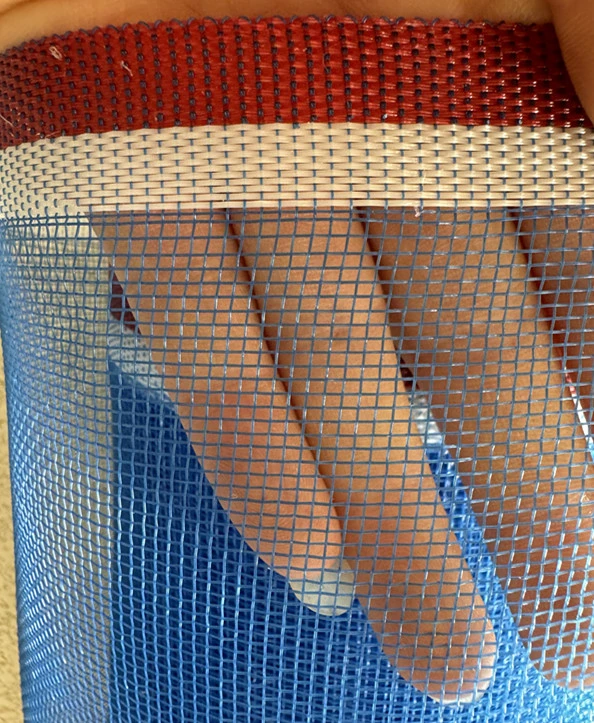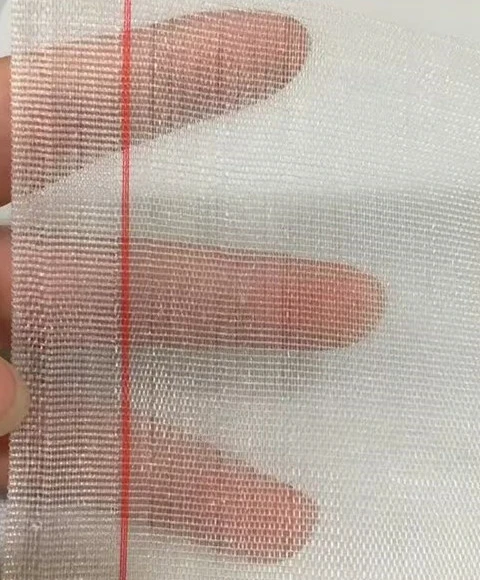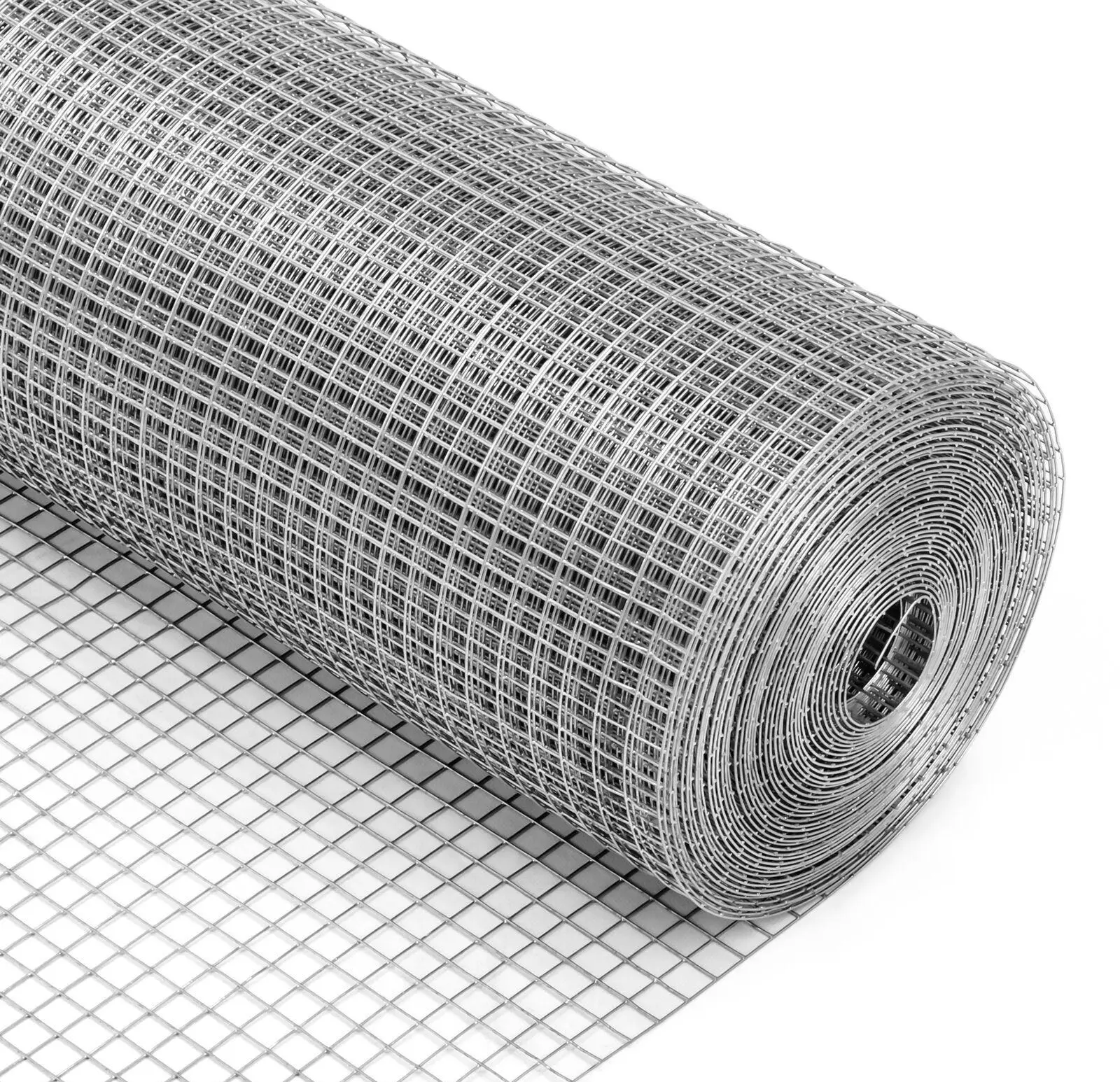Weather Resistant Garden Netting: Keep Birds, Squirrels, Insects Out
Industry Trends in Agricultural Protection Netting
The global agricultural sector is facing increasing challenges from climate variability, pest infestations, and the demand for sustainable farming practices. This confluence of factors is driving significant innovation in crop protection technologies, particularly in physical barrier solutions. Traditional chemical pesticides, while effective, are under scrutiny due to environmental concerns and evolving regulatory landscapes, pushing growers towards more eco-friendly alternatives.
One of the most rapidly expanding segments in this area is advanced protective netting. Market analysis indicates a sustained Compound Annual Growth Rate (CAGR) of approximately 7.5% for agricultural netting solutions, projected to reach over $1.5 billion by 2028. This growth is largely fueled by the rising adoption of protected cultivation techniques, including shade net houses, anti-hail systems, and insect-proof structures. Growers are increasingly recognizing the long-term economic and ecological benefits of these systems over conventional methods.
Key trends include the development of durable, UV-stabilized materials that offer extended service life, improved mesh geometries for optimized airflow and light transmission while maintaining pest exclusion efficacy, and integration with smart farming technologies for automated deployment and monitoring. Furthermore, the demand for specialized netting like Weather Resistant Mesh Netting for Garden Keep Birds Squirrels and Insects Out is surging, as it provides a multi-functional barrier against various biological threats, significantly reducing crop loss and improving yield quality for high-value horticultural and specialty crops. This product category is crucial for growers aiming to achieve organic certifications or minimize pesticide usage, contributing to safer food production and higher consumer confidence.

Manufacturing Process Flow: Precision Engineering for Durability
The production of high-performance Weather Resistant Mesh Netting for Garden Keep Birds Squirrels and Insects Out involves a meticulously controlled manufacturing process, ensuring both material integrity and structural efficacy. Our commitment to stringent quality control, guided by international standards such as ISO 9001:2015, underpins the superior performance and longevity of our netting solutions.
Key Materials and Their Properties:
- Polyethylene (HDPE/LDPE): Selected for its excellent tensile strength, chemical inertness, and resistance to environmental degradation. Our netting primarily utilizes Virgin HDPE (High-Density Polyethylene) monofilaments, known for their superior strength-to-weight ratio and rigidity.
- UV Stabilizers: Integrated during the extrusion phase, these additives significantly enhance the material's resistance to ultraviolet radiation, preventing premature degradation, embrittlement, and loss of tensile strength. This is critical for extended service life in outdoor applications.
- Anti-oxidants: Incorporated to prevent oxidative degradation, especially under high temperatures or prolonged sunlight exposure, further contributing to the netting's durability.
Manufacturing Process Steps:
- Raw Material Preparation: High-grade HDPE granules are rigorously inspected for purity and consistency. UV stabilizers, anti-oxidants, and colorants are precisely measured and blended with the polymer to ensure homogenous dispersion.
- Monofilament Extrusion: The blended material is fed into extruders where it's melted and forced through a die to form continuous monofilament strands. This casting process ensures uniform diameter and high tensile strength. Controlled cooling and stretching (orientation) further enhance molecular alignment, optimizing physical properties.
- Weaving/Knitting: The extruded monofilaments are then precisely woven or knitted into the desired mesh pattern. Our netting typically employs a leno weave or a specific knitting technique to create a robust, ladder-proof structure that maintains its integrity even if a single strand is cut. This forging of intertwined fibers creates a resilient barrier.
- Heat Setting and Stabilization: Post-weaving, the fabric undergoes a controlled heat-setting process. This stabilizes the mesh dimensions, relieves internal stresses from weaving, and further locks the weave, preventing unraveling and ensuring dimensional stability over time.
- Finishing and Edge Treatment: The netting is cut to specified dimensions. Edges are often reinforced with selvedges or sewn hems, sometimes incorporating buttonholes or eyelets, for easier installation and enhanced tear resistance. Quality checks are performed for mesh uniformity and dimensional accuracy.
- Packaging: Finished netting is carefully rolled and packaged to prevent damage during transit, typically in protective film or bags.
Testing Standards and Quality Assurance:
Each batch of netting undergoes rigorous testing to comply with international standards. Key tests include:
- Tensile Strength (ASTM D5034, ISO 13934-1): Measures the maximum load a fabric can withstand before breaking, ensuring structural integrity under tension.
- Tear Resistance (ASTM D1424, ISO 13937-2): Assesses the fabric's resistance to tearing propagation, vital for practical field conditions.
- UV Stability (ASTM G154, ISO 4892-2): Accelerated weathering tests simulate prolonged outdoor exposure to evaluate the effectiveness of UV stabilizers and predict service life.
- Mesh Size Uniformity (ISO 3310-1): Verifies consistent aperture size across the netting to ensure effective pest exclusion without impeding airflow.
- Weight Per Unit Area (ISO 3801): Ensures consistent material density and quality.
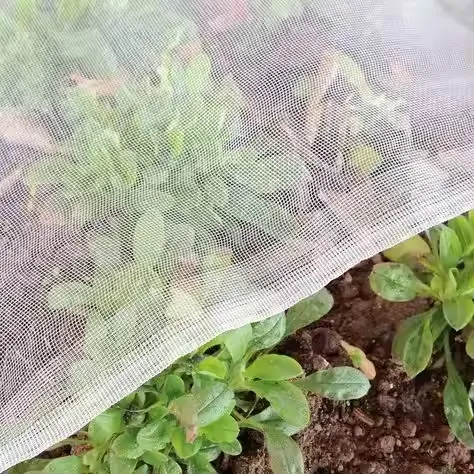
The target service life for our Weather Resistant Mesh Netting for Garden Keep Birds Squirrels and Insects Out is typically 5 to 10 years, depending on environmental conditions and mesh density, thanks to these advanced materials and manufacturing controls.
- Superior UV Stability and Longevity: Engineered with advanced UV inhibitors, our netting exhibits exceptional resistance to photodegradation. Accelerated weathering tests demonstrate a service life of 5-10 years, significantly reducing replacement frequency and total cost of ownership (TCO) compared to standard netting materials. This extended lifespan directly contributes to sustainability by minimizing waste.
- Optimal Airflow and Light Transmission: Precision-engineered mesh sizes and weaving patterns ensure maximum possible airflow, preventing heat build-up and promoting plant respiration, while also allowing sufficient light penetration for photosynthesis. This delicate balance ensures pest exclusion without negatively impacting crop microclimate or growth rates. Studies show an average light transmission of 85-92% for white netting, varying by mesh density.
- Robust Mechanical Strength: Utilizing high-density polyethylene (HDPE) monofilaments and a robust woven or knitted structure, the netting possesses high tensile strength and tear resistance. This prevents damage from strong winds, hail, and accidental impacts, providing reliable physical protection for crops. Tensile strength values typically exceed 25 kN/m (warp) and 20 kN/m (weft), far surpassing industry minimums.
- Chemical Inertness and Corrosion Resistance: HDPE is inherently resistant to a wide range of agricultural chemicals, fertilizers, and natural corrosive elements. This ensures that the netting does not degrade or react with common farm inputs, maintaining its structural integrity and protective properties over time without requiring specialized maintenance.
- Versatile Barrier Efficacy: Available in various mesh densities (e.g., 20, 30, 40, 50 mesh), the netting can be precisely selected to exclude specific pests, from birds and squirrels (larger mesh) to tiny insects like thrips and whiteflies (finer mesh), offering a tailored, multi-layered defense strategy. This targeted protection minimizes the need for broad-spectrum chemical interventions.
- Ease of Installation and Maintenance: Despite its robustness, the netting is lightweight and flexible, facilitating easy installation and handling. Its smooth surface also resists dirt and debris accumulation, simplifying cleaning and maintenance, which reduces labor costs for growers.

Technical Specifications and Performance Parameters
Our Weather Resistant Mesh Netting for Garden Keep Birds Squirrels and Insects Out is engineered to deliver reliable and consistent performance under diverse environmental conditions. The following table details the typical technical specifications, highlighting key parameters critical for B2B procurement decisions.
Product Specification Table:
| Parameter | Specification | Test Standard |
|---|---|---|
| Material | 100% Virgin HDPE (High-Density Polyethylene) with UV Stabilizers | ISO 1872-2:2007 (Plastics - Polyethylene (PE) moulding and extrusion materials) |
| Mesh Type | Woven or Knitted Monofilament | Visual Inspection, Microscopic Analysis |
| Mesh Count (per inch) | 20, 30, 40, 50 (Customizable) | ASTM E11-13 (Standard Specification for Woven Wire Test Sieve Cloth and Test Sieves) |
| Aperture Size (Avg.) | Dependent on Mesh Count (e.g., 20 mesh: ~0.85mm; 50 mesh: ~0.3mm) | Digital Image Analysis, Micrometry |
| Weight (GSM) | 40-120 g/m² (Dependent on mesh density and material thickness) | ISO 3801:1977 (Textiles - Woven fabrics - Determination of mass per unit length and mass per unit area) |
| Tensile Strength (Warp) | > 25 kN/m | ISO 13934-1:2013 (Textiles - Tensile properties of fabrics - Part 1: Determination of maximum force and elongation at maximum force using the strip method) |
| Tensile Strength (Weft) | > 20 kN/m | ISO 13934-1:2013 |
| UV Resistance (Kly) | ≥ 800 Kly (Kilolangleys) | ASTM G154 (Standard Practice for Operating Fluorescent Ultraviolet (UV) Lamp Apparatus for Exposure of Nonmetallic Materials) - Equiv. to 5-10 years service life |
| Light Transmission | 85-92% (for white netting, varies by mesh) | ASTM D1003 (Standard Test Method for Haze and Luminous Transmittance of Transparent Plastics) |
| Color Options | White, Black, Green, Transparent (Customizable) | Visual Inspection, Colorimetry |
| Standard Widths | 1m, 2m, 3m, 4m (Customizable up to 6m seamless) | Measurement Tape, Laser Metrology |
| Roll Lengths | 50m, 100m, 200m (Customizable) | Measurement Tape |
These specifications underscore our commitment to delivering a product that not only meets but often exceeds the demanding requirements of modern agriculture. The controlled parameters ensure that each roll of netting provides consistent protection and performance throughout its operational lifespan.
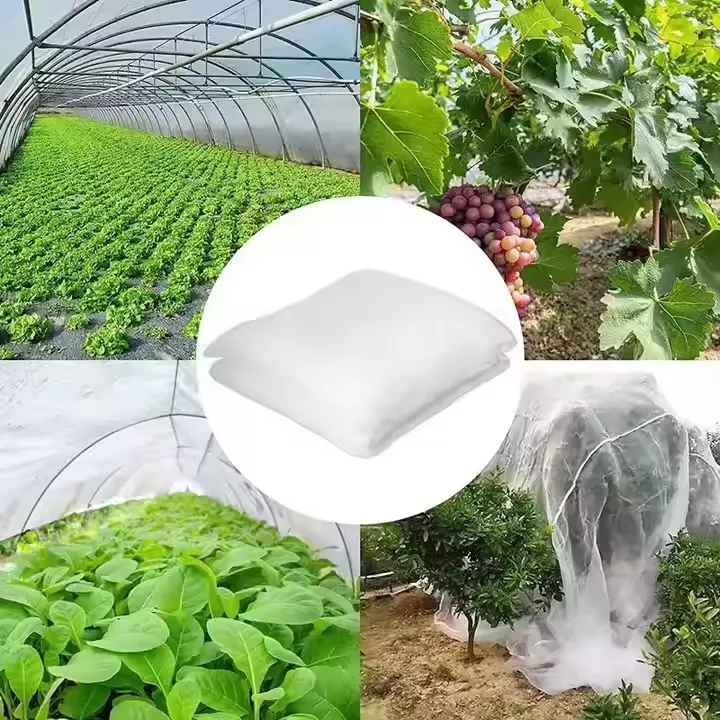
Application Scenarios Across Target Industries
The versatility and durability of Weather Resistant Mesh Netting for Garden Keep Birds Squirrels and Insects Out make it an indispensable solution across a broad spectrum of industries and agricultural applications. Its primary function is to create a physical barrier against environmental threats while maintaining optimal conditions for growth.
Target Industries and Specific Applications:
- Horticulture & Vegetable Farming:
- Insect-Proof Greenhouses/Net Houses: Fine mesh netting (e.g., 40-50 mesh) is crucial for cultivating high-value crops like bell peppers, tomatoes, cucumbers, and leafy greens. It effectively prevents entry of common pests such as whiteflies, thrips, aphids, and leaf miners, significantly reducing pesticide reliance and ensuring produce quality.
- Orchard Protection: Coarser mesh netting (e.g., 20-30 mesh) is deployed over fruit orchards (apples, cherries, grapes, berries) to protect against birds and larger animals like squirrels and deer, which can cause extensive damage to ripening fruit. It also offers protection against hail and excessive sunlight.
- Nurseries & Seedling Production:
- Seedling Protection: Young plants are particularly vulnerable to pest damage. Netting provides a sterile, protected environment for seedlings, ensuring healthy development before transplanting.
- Propagation Areas: Essential for preventing cross-contamination and protecting delicate plant materials from airborne pests.
- Organic Farming:
- Pesticide-Free Crop Protection: As organic certification prohibits or severely restricts synthetic pesticides, physical barriers are vital. Our netting provides a sustainable and effective solution for pest management, critical for maintaining organic integrity and premium pricing.
- Urban Farming & Community Gardens:
- Rooftop Gardens & Allotments: Protects urban crops from city birds, rodents, and airborne pollutants, ensuring healthy yields in confined spaces.
- Specialty Crop Cultivation:
- Berry Farms: Protecting blueberries, raspberries, and strawberries from bird depredation is critical as these crops are highly attractive to avian pests.
- Nut Production: Shielding nut trees from squirrel and bird damage, especially during critical ripening stages.
In all these scenarios, the netting delivers significant advantages: energy saving through reduced reliance on climate control (by mitigating solar radiation and improving ventilation), enhanced corrosion resistance through its inert HDPE material, and substantial improvements in crop yield and quality by minimizing pest-induced damage. The net effect is a more sustainable, efficient, and profitable agricultural operation.

Technical Advantages of Our Solutions
-
Anti Hail Net | UV-Stable, High-Strength Orchard ShieldNewsNov.17,2025
-
Anti Bird Netting – UV-Stable, Durable, Humane ProtectionNewsNov.17,2025
-
Welded Wire - Durable, Rust-Resistant Mesh, Custom SizesNewsNov.17,2025
-
Garden Mesh Sun Shade – UV-Resistant, Durable, Custom SizesNewsNov.17,2025
-
Bird in Net Solution: Humane, UV-Resistant Bird NettingNewsNov.17,2025
-
Stainless Steel Filters: Durable, Washable, High-FlowNewsNov.10,2025





